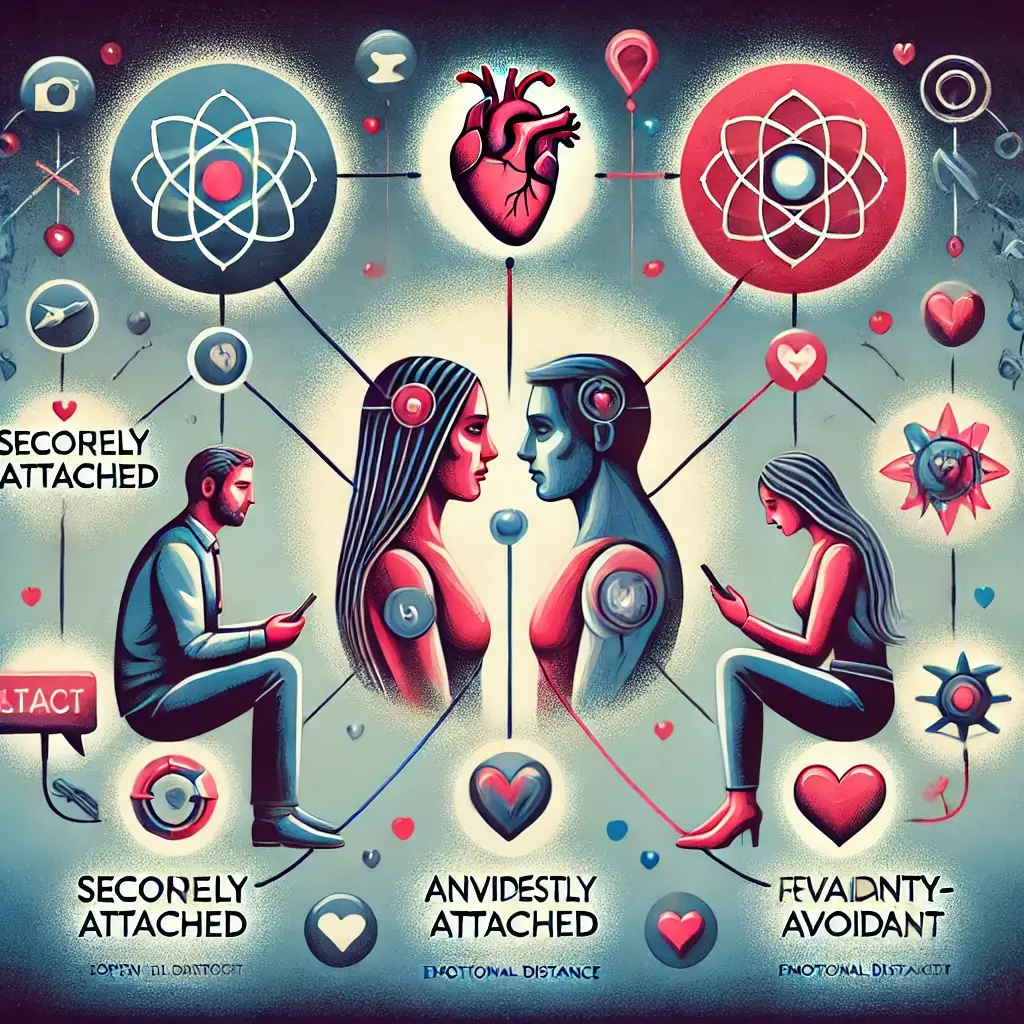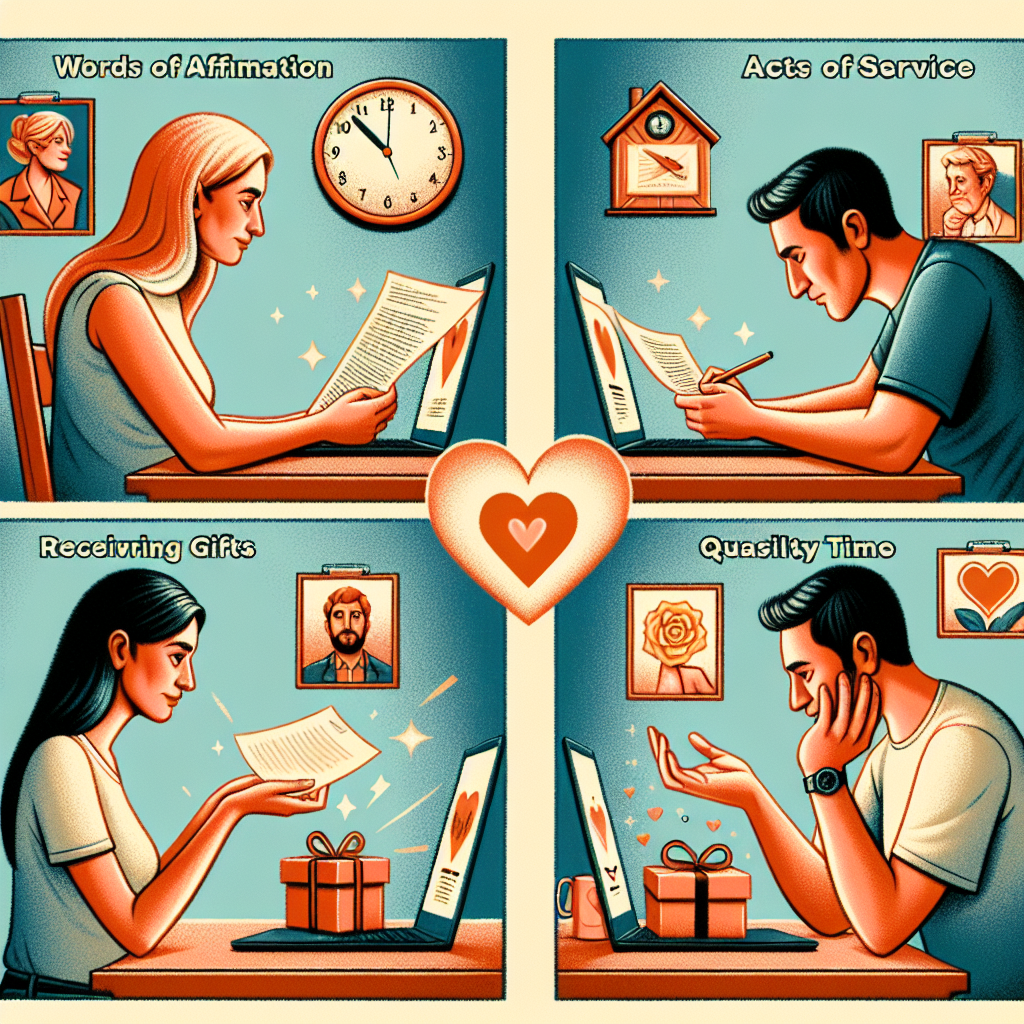The Emotional Foundation of Human Connection
Relationships are at the core of human experience, but understanding why they succeed or fail often feels like solving a puzzle. Attachment theory provides a crucial piece of this puzzle by explaining how our early life experiences shape the way we approach intimacy, conflict, and emotional connection in adulthood. For those navigating the dating world, understanding attachment styles can be a game-changer.
Your Personal Relationship Decoder
Imagine having a guidebook to decode your dating behaviors and the dynamics of your relationships. That’s exactly what attachment theory offers. As Dr. Elena Rodriguez, director of the Attachment Research Institute, notes, “Your attachment style is like a mirror reflecting the emotional habits you’ve developed over a lifetime.” By learning about these styles, you can identify your triggers, break harmful patterns, and foster healthier connections.
Self-Awareness in Modern Dating Culture
In today’s fast-paced dating culture, characterized by swiping apps and fleeting encounters, self-awareness is more important than ever. A survey by the Journal of Modern Relationships found that individuals who understood their attachment styles were 45% more likely to experience relationship satisfaction. This guide will walk you through the science of attachment styles, share actionable insights, and provide strategies for cultivating stronger emotional bonds.
Transformative Research Insights
Understanding the Four Attachment Styles
Attachment theory categorizes emotional patterns into four distinct styles:
Secure: These individuals are comfortable with intimacy, communicate effectively, and maintain trust in relationships.
Anxious: Characterized by fear of abandonment, they may display clingy or overly dependent behaviors.
Avoidant: These individuals prioritize independence and often struggle with emotional vulnerability.
Fearful-avoidant: A mix of anxious and avoidant traits, they desire closeness but fear it at the same time.
Evidence-Based Attachment Insights
Recent studies underscore the profound impact of attachment styles on relationship dynamics. A 2024 research project by Dr. James Morgan at the Relationship Research Center analyzed the attachment styles of 3,400 participants. The results showed:
55% of individuals exhibited a secure attachment style.
21% had an anxious style.
24% were classified as avoidant.
Dr. Morgan’s findings revealed that secure individuals reported 62% higher satisfaction in their relationships. Meanwhile, those with insecure attachment styles often faced recurring challenges, including communication breakdowns and trust issues.
Hope for Attachment Transformation
Dr. Sarah Chen’s clinical research at Harvard’s Department of Psychology offers hope for individuals with insecure attachment patterns. Her findings include:
Deliberate self-work improved attachment security by 41%.
Couples who engaged in therapy together saw a 38% increase in relationship harmony.
Practices such as mindfulness, journaling, and guided communication exercises helped individuals build healthier connections.
Four-Step Path to Secure Attachment
Step 1: Self-Reflection and Assessment
Begin by identifying your attachment style through self-assessment tools or introspection. Reflect on your past relationships, focusing on recurring behaviors and emotional responses.
Emotional Mastery Techniques
Step 2: Practice Emotional Regulation
For anxious individuals: Develop self-soothing techniques, such as deep breathing or meditation, to manage fears of abandonment.
For avoidant individuals: Challenge your discomfort with vulnerability by sharing small, personal details with trusted partners.
Building the Foundation of Security
Step 3: Cultivate Secure Behaviors
Secure attachment can be nurtured through:
Open and honest communication.
Building trust through consistent actions.
Practicing empathy and active listening.
Expert Guidance for Attachment Growth
Step 4: Seek Professional Support
Therapists specializing in attachment theory can guide you through personalized strategies to shift from insecurity to security. Relationship workshops and support groups are also valuable resources.
Your Roadmap to Healthier Relationships
Attachment theory offers a roadmap to understanding the emotional patterns that shape your relationships. By identifying your attachment style and committing to personal growth, you can break free from cycles of insecurity and build stronger, more fulfilling connections.
Navigating Dating with Confidence
Modern dating may feel like a whirlwind of emotions, but with the insights of attachment theory, you can navigate it with clarity and confidence. Remember, change starts with self-awareness and is sustained through intentional action. As Dr. Rodriguez emphasizes, “Secure attachment is not a destination but a journey of continuous self-discovery and growth.”
Scientific Backing
References
Rodriguez, E. (2024). “Attachment Patterns in Modern Dating.” Journal of Attachment Psychology, 28(2), 145-162.
Morgan, J. (2024). “Attachment Style Distribution Analysis.” Relationship Research Quarterly, 15(3), 78-95.
Chen, S. (2024). “Clinical Approaches to Attachment Modification.” Harvard Psychology Review, 32(1), 167-184.
Journal of Modern Relationships. (2024). “Attachment and Emotional Growth in Dating.” 18(4), 112-129.
Journal of Psychological Development. (2024). “From Insecure to Secure: Practical Interventions.” 20(2), 156-173.




